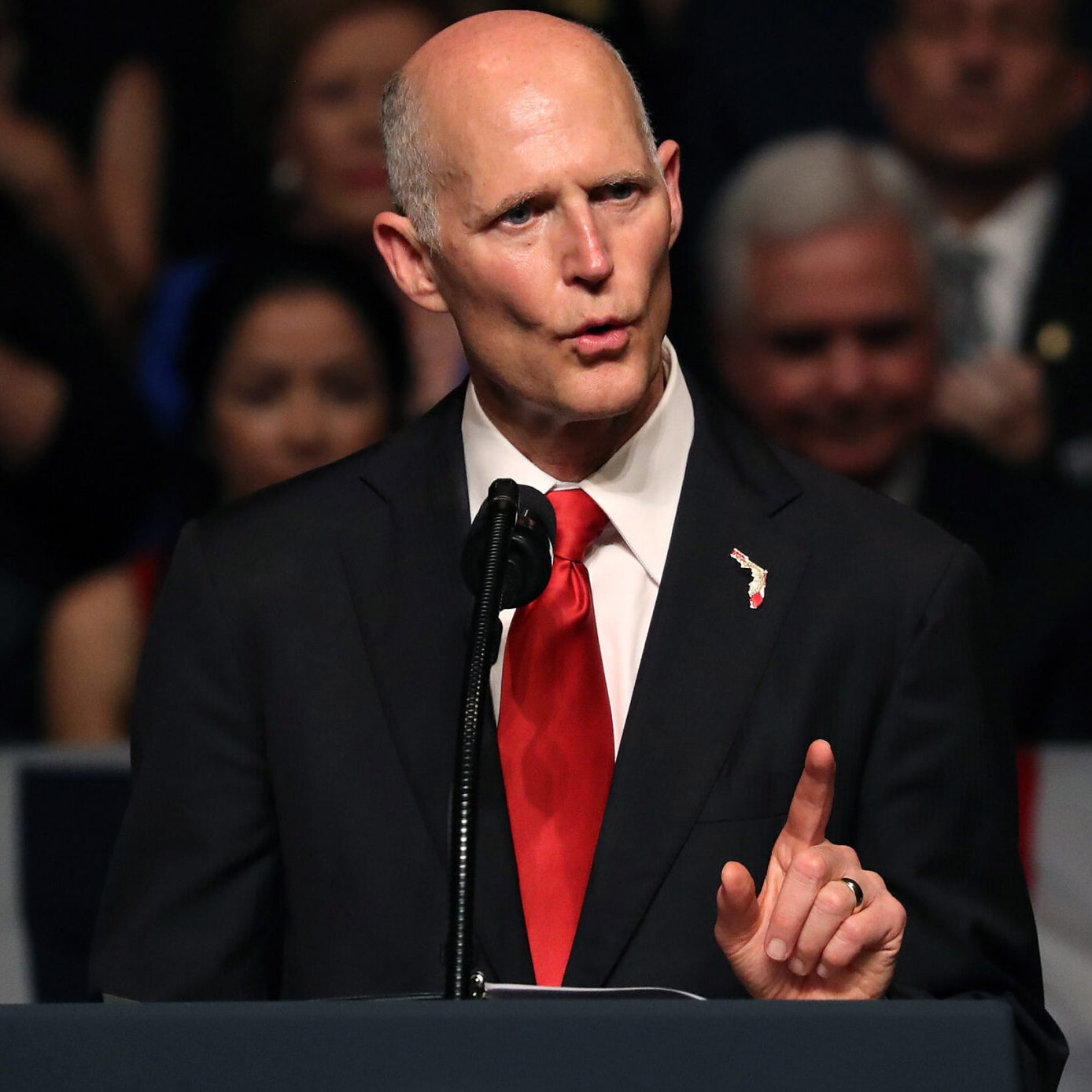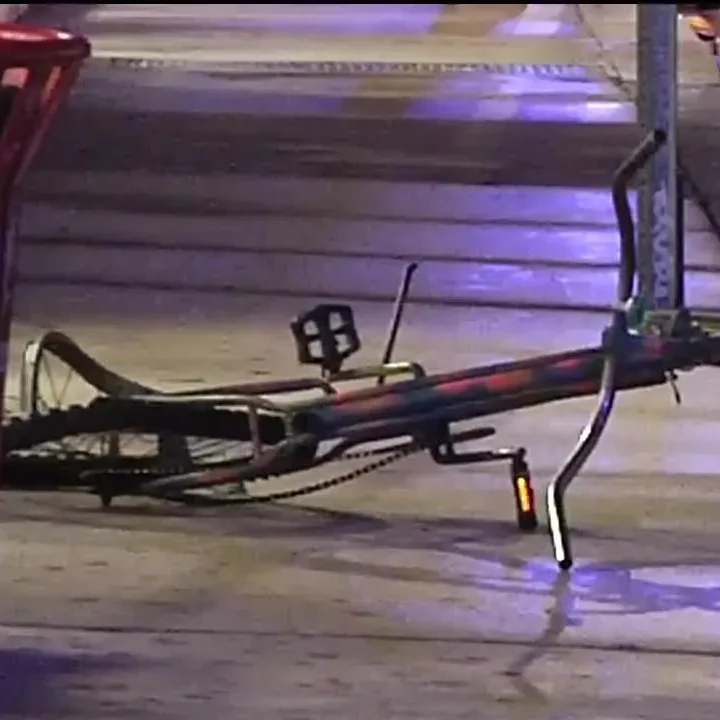Dozens of coral-encrusted artificial reefs made from all sorts of junk — sunken freighters, oil rigs, concrete debris from highway, bridge and building demolitions, even combat tanks — lie beneath the surface of Biscayne Bay and the Atlantic Ocean along the shoreline of Miami-Dade, where wreck-diving is a popular pastime.
And now, coming soon to the waters off South Beach, is a novel, culturally-oriented twist on that old idea: avant-garde art.
Picture the popular sand sculpture of cars in a traffic jam that drew crowds to South Beach during Miami Art Week last year, or a spiraling staircase reminiscent of an M.C. Escher print — only underwater, covered in bright corals and swirling with fish.
That’s the concept behind The ReefLine, described by its patrons as “a seven-mile underwater public sculpture park, snorkel trail and artificial reef.”
The project, to be unveiled Thursday, is the brainchild of a new ecological foundation led by Miami-based curator Ximena Caminos, and Coral Morphologic, the popular local outfit whose underwater cameras and high-definition video loops capture imperiled Biscayne Bay reef life in colorfully captivating, close-up fashion.
Working with prominent architect Shohei Shigematsu, New York-based partner in superstar Dutch architect Rem Koolhaas’ OMA, and scientists at the University of Miami, they have devised a plan to commission cast-concrete works from well-known artists to be installed along an artificial “living breakwater” just off Miami Beach’s glittering sands.
The idea, backers say, is to blend a tourism attraction with art and science to highlight the beauty, allure and critical ecological importance of the teeming marine life that reefs engender.
“This series of artist-designed and scientist-informed artificial reefs will demonstrate to the world how tourism, artistic expression and the creation of critical habitat can be aligned,” said Caminos, founder and chair of the BlueLab Preservation Society, in a statement. “The ReefLine is a singular investment in civic infrastructure, public art and environmental protection that will pay dividends over the coming decades and attract ecologically-minded tourists and art lovers to Miami Beach.”
Launched with support from the Knight Foundation and the Blavatnik Family Foundation, The ReefLine’s first phase is scheduled to open in December 2021, in time for the expected return of Art Basel Miami Beach, canceled this year because of the COVID-19 pandemic.
Shigematsu’s contribution, described as “an underwater folly,” consists of a series of spiral stairs that will provide multiple layers for coral growth and for exploration by divers and snorkelers.
Two others, Brazil’s Ernesto Neto and Argentina-born Miami artist Agustina Woodgate, have been tapped for the next two commissions.
Shigematsu is no stranger to Miami and Miami Beach. He led OMA design teams for the newly opened Park Grove condo towers in Coconut Grove and for the Faena Forum cultural buildings at the Faena District in mid-Beach, where Caminos was formerly director of art. Billionaire Len Blavatnik, whose foundation provided seed money for The ReefLine, is a principal investor in the Faena District.
Shigematsu and OMA also designed a master plan for The ReefLine as well as a concrete modular unit that will provide a spine, or “connective tissue,” for the art installations. The modular units will be deployed in stacks on the sea floor 900 feet offshore in about 20 feet of water. The installation will start off South Beach next October and proceed north as The ReefLine expands.
The artificial reef can also act as a breakwater to blunt the force of hurricane surge, which is expected to worsen as sea levels rise. The project’s designers have been advised by Cummins Cederberg Coastal and Marine Engineering, UM marine sciences and engineering faculty, and the city of Miami’s resiliency office, among others.





